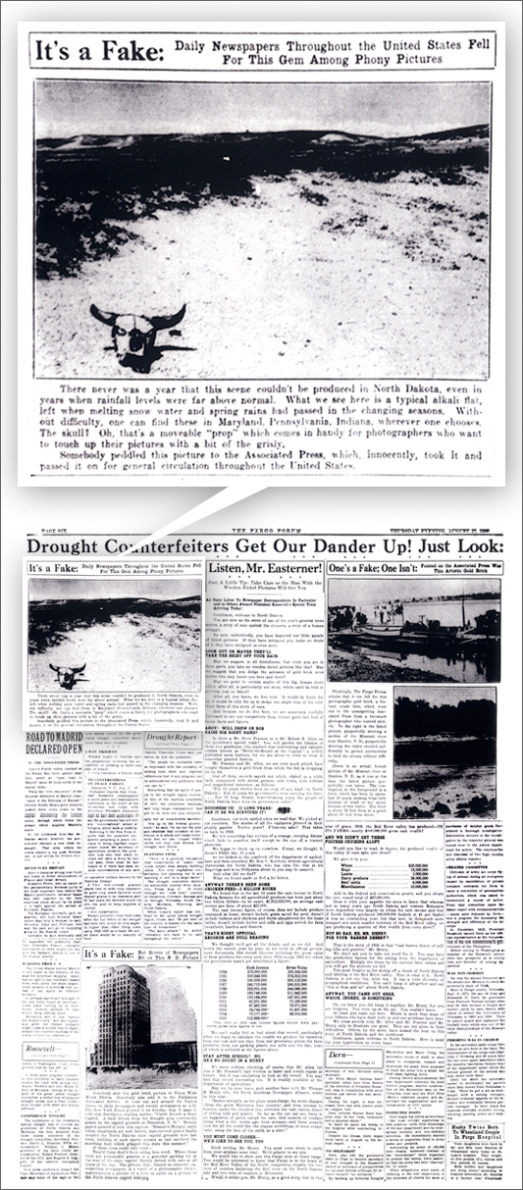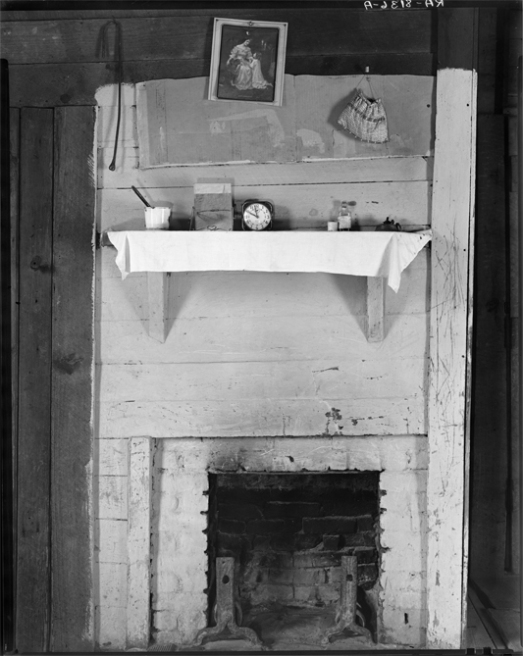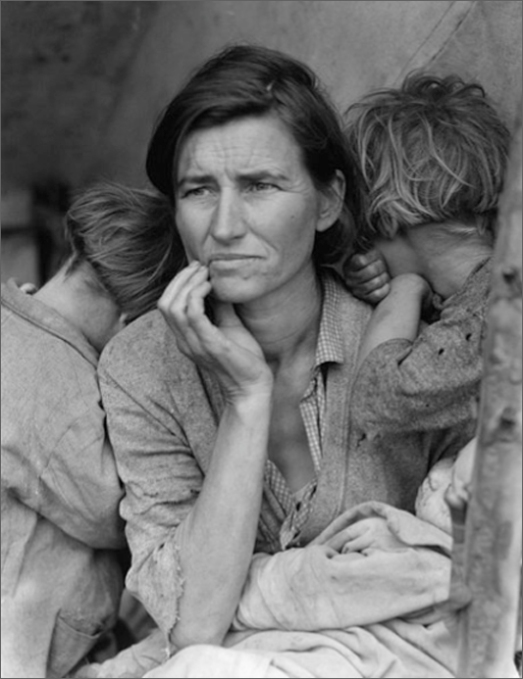Restoration and Authenticity
March 5, 2012 Leave a comment
This week our readings and lynda.com videos were divided between the two topics of how to restore an old or damaged photo, and how to judge a photo’s authenticity.
While the information about how to repair a photo is clearly more applicable for the coming Image Assignment, the most interesting work this week came from Erroll Morris’ seven part article “The Case of the Inappropriate Alarm Clock.” This article series looks at the FSA photographs from the Great Depression to determine which of its photographs were staged, which photographers were involved with these stagings, and to what extent staging matters.
There has long been agreement that a young FSA photographer named Arthur Rothstein staged a photograph of a cattle skull (above) next to a deserted field. But many have begun to question which other images from the FSA were also posed. It turns out that one of the most respected photographers from that organization, Walker Evans, may have also staged photographs in his sharecropper cabin series by moving furniture around to create more dynamic shots. Some authors have argued that because both photographers rearranged the subjects of their photos that they no longer have historical value. But this is a non-dynamic view of staging because it doesn’t look beyond the act to ask “Why were these staged?”
Rothstein moved the cow skull because he was young and untrained. He simply didn’t see anything wrong with it. Reaction against this staging was so immediate, and perhaps justified, because of what the image implied. It told the audience that the plains were dying and that they needed immediate government aid. Whereas Evans moved the objects within the sharecroppers’ cabins to create a more interesting picture, and the movement of a rocking chair for example has less meaning. I am not sure that I agree with this justification however. I think that both instances of posing could be justified because they shed light on a real social problem.
These images were attempting to capture a moment in time when Americans of the great plains were suffering from economic, social, and agricultural problems which had come together to create a perfect storm of poverty and despair. They needed help, and showing the American public this fact through photographs was one way to ensure that they received the aid that they needed. In that way these images should be seen as representative. That is not to say that learning what was going on behind the camera is not important, but its just to call attention to the fact that we should not throw the baby out with the bath water.
MY BLOG COMMENTS FOR THE WEEK:


